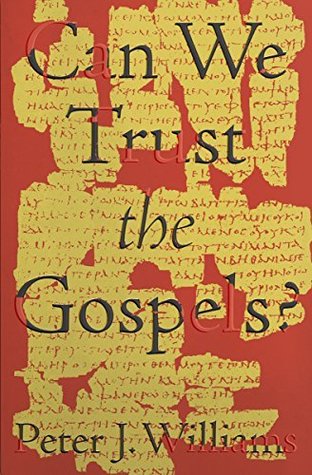More on this book
Community
Kindle Notes & Highlights
Tacitus and Pliny were, in fact, openly hostile to Christianity.
greater than the distance between Edinburgh and the north of Morocco, or between New York City and Havana.
It is certain at least that the temples, which had almost become deserted,
each contains unique information.
A striking thing is that all four Gospels, despite their differences, have a similar frequency with which they mention contemporary geography. Of course, both reliable and unreliable reporting could have much higher or lower frequencies than we find here.
They also know about how they relate and about the topography of Palestine.
The little-known village Chorazin is in fact on the road to Bethsaida and just a couple of miles north of Capernaum. As far as we know, there was not a single literary source that could have provided this information to a Gospel author.
the idea that they got the story wrong for lack of high-quality information on the location of events is false.
the Gospels are not merely accurate in their geography when compared with other sources; they are themselves valuable geographical sources. For instance, no historian doubts the existence of the Decapolis, a group of ten or more cities characterized particularly by non-Jewish population.
These later Gospels do, however, provide us with an excellent control sample. They show that sometimes people wrote about Jesus without close knowledge of what he
did. The fact that the four Gospels, both as a group and individually, contrast with these other Gospels illustrates the qualitative difference between these sources.
In other words, someone living in another part of the Roman Empire would not simply be able to think of Jewish names familiar to him and put them into a story, resulting in a plausible group of names for Palestinian Jews.
By far the simplest explanation is that the Gospel authors were able to give an authentic pattern of names in their narrative because they were reliably reporting what people were actually called. Given that names are also hard to remember, the authentic pattern of names in the Gospels suggests that their testimony is of high quality. After all, if they have correctly remembered the less memorable details—the names of individuals—then they should have had no difficulty in remembering the more memorable outline of events.
their reliability is compelling, given a variety of possible dates and a range of possible interrelationships between them. The Jewishness of the material favors earlier dates at least for their content, so that even if we say that the Gospels are late first century, the material in them is not.
it has shifted to express celebration.
writers show agreement of a kind that it is hard to imagine as deliberately contrived by either author to make the story look authentic.
One could imagine that Luke read the notice about “Sons of Thunder” in Mark and then built a story out of it. That would not explain Luke’s knowledge of traveling routes in the surrounding passages or his awareness of tensions of Jews traveling through Samaritan areas.


